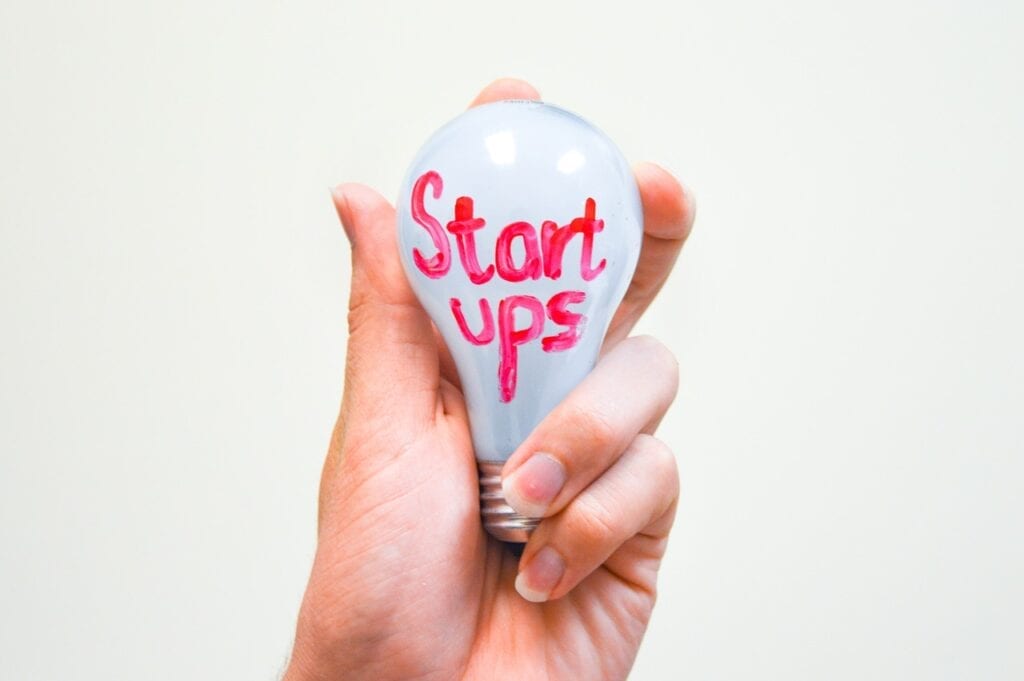
Unemployment data provided by the Philippine Statistics Authority shows a record 17.7% unemployed Filipinos as of April 2020. Out of about 44 million in the labor force, that’s close to 8 million people, and May 2020 data is expected to rise further. Trade Union Congress of the Philippines, the largest labor group in the country, estimates a total of 12 million jobless Filipinos before the end of 2020. That’s about 27% of the labor force or 1 out of every 4 Filipinos.
Out of work, the unemployed will be forced to look for alternative income, with some jumping to become instant entrepreneurs even without training. Among those who have decided to try to be their own boss are product developers. Rather than sell existing products, they have decided to create their own, using their skills such as cooking or baking.
As part of helping the economy recover faster, my family would buy food products from small entrepreneurs several times a week. Dealing directly with these product creators made me realize a couple of marketing lessons that need to be learned fast. Here are twelve lessons you can benefit from.
- To have higher probability of closing a sale, determining who your target market will be and what products to offer them must be the first two interrelated decisions. My recommendation is to focus on your natural network, those with purchasing power and are unlikely to say no to you. They would typically have a much higher buying probability than selling to strangers, but ensure that the potential market base is big enough for you to expand.
- Pivoting your business to survive is indispensable but Covid19 is not a license to offer a substandard product for people to try. There is still the need to offer compelling concepts that can shift consumer preferences to your favor. Thinking of your venture as a permanent business and not just an interim income substitute will help you excel.
- We have discovered that people who successfully pivoted have used, among others, their competencies to create new products or new usage of their products. Competencies is a soft asset, which in turn forms part of resources which is part of the eleven building blocks of a business model. Ask what are you or your people good at? Can it be made into a business?
- It is important to sell from the point-of-view of the target buyers. This entails the marriage of competencies and unmet needs.
- Buyers want their unmet needs fulfilled. This is how value can be created for them. Ensure you have a specific and compelling value proposition. Instead of telling people to try, sell why they want to try.
- Coupled with a compelling value proposition is to remove all barriers for consumption. For instance, a prospect may be hesitant to buy if the entrepreneur’s only product is hot sauce and the transport cost will exceed 25% of product cost, or worse higher because of the distance involved, indicating total price becoming too uncompetitive. A barrier may be not knowing what to do with your products (such as coconut vinegar, or maybe chili garlic mushroom) which is a skill issue. The shelf life of your spreadable products may be too short or a prospect may be used to buying fruits and vegetables along with other groceries at a one stop shop. Whether its time or attitude barriers, you must be able to make it easy for your customers to buy.
- One way to avoid supply side thinking is to have reality check by reflecting “What will people miss by not having my product?” or “What will they gain by using my product?”
- Use criteria to help you decide correctly. I saw many curated boxes being sold, some with rather expensive looking wooden boxes. Instead of including products that can be found in the supermarkets, the content can be from small local businesses which can be communicated as a 2-in-1 offer of an appreciation gift to benefit work from home employees, that doubles as assistance to struggling local small entrepreneurs – adding an emotional benefit to a rational one.
- Trial is only the first step, your real test is repeat sales, referrals and recommendations. If you don’t get about half of your existing customers to do that, your value proposition may not be as compelling, or you need to create periodic reminder campaigns.
- Sampling is an effective technique for prospects to try your products, but testimonials will do for now in the new normal of social distancing. Pay attention to securing testimonials.
- With a healthy repeat business, expansion can offer not just more sales but more importantly, economies of scale. New entrepreneurs must work towards avoiding start-up “Double jeopardy” dilemma, that is, offering lower price even with higher cost. Scale solves higher cost and can increase margin and profit tremendously. With high product acceptance, the reverse may happen – higher price, lower cost.
- Be fast and be easy to deal with. Inquiries not answered promptly are lost opportunities.
***(Note: Short business courses are available at Continuum Academy. 9 videos on Entrepreneurship is subsidized at P168 (regular price P3,500). Quick Guide on Direct Selling also at P168. Some courses are priced higher, while others are offered FREE. Be a competent entrepreneur, avoid trial and error. Visit www.contiuum-edu.com)


